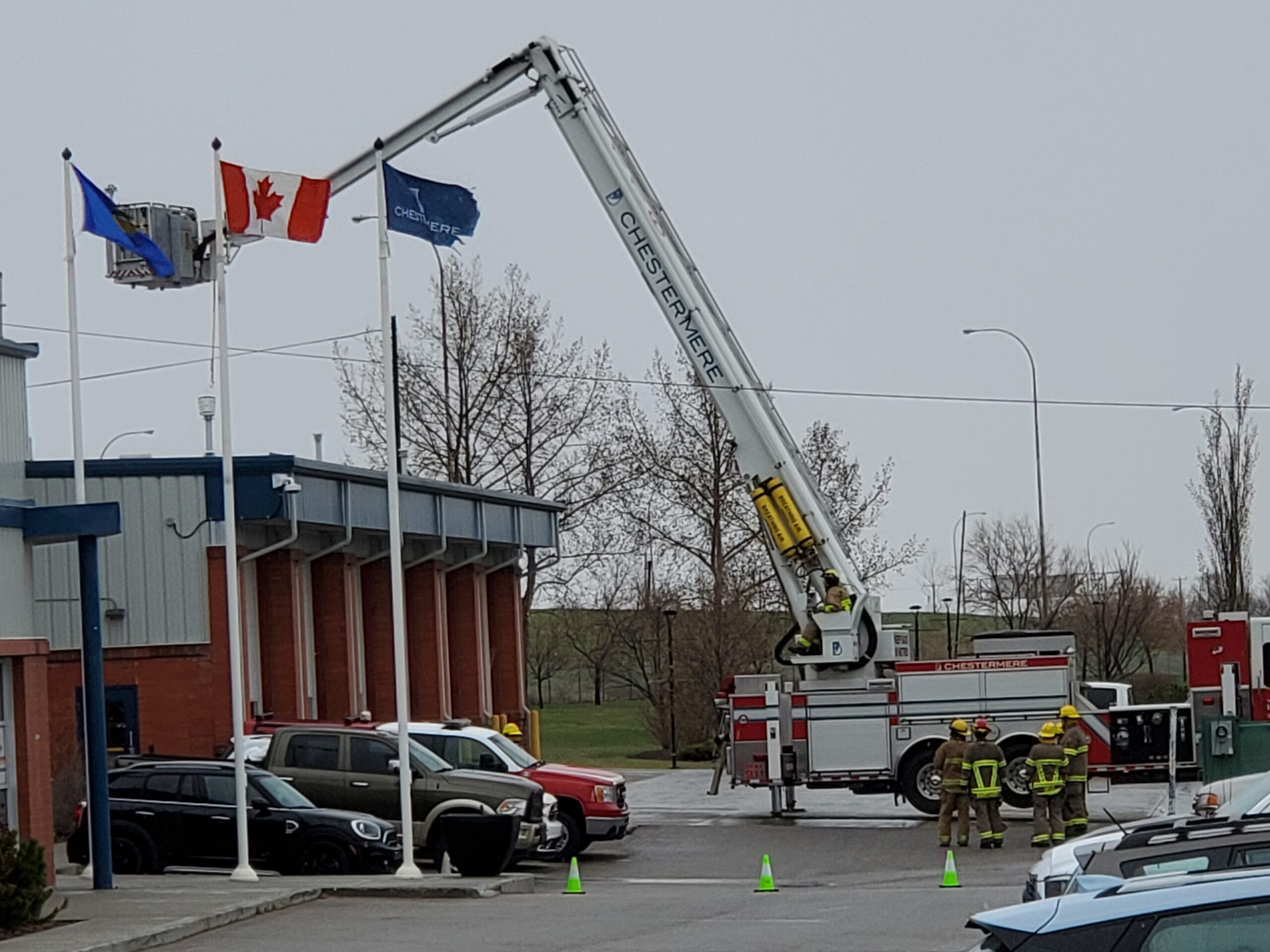The City of Chestermere is looking at ways to change the way storm water is treated in the city.
Councilor Jennifer Massig brought forward a proposal to council at the Feb. 6 meeting to participate in the Watershed Resiliency Pilot Project.
“Piloting a technology like this, an innovative storm water technology will be altruistically great for the region,” said Massig who has a background as a storm water engineer.
Council approved Massig’s motion to direct staff to work with the Bow River Basin Council to apply for the provincial grant to run the pilot project in Chestermere.
“They’re calling us the site sponsor at this time,” she said.
If the grant funding is obtained, the pilot project would see the installation of new storm water infrastructure that would test a new way of handling storm water.
“We’ve got an idea of a couple locations in town that this would be fantastic for already but we’ll have to refine that based on what comes out of the grant funding,” said Massig.
Water is traditionally viewed in one of two ways, either as a resource or as a waste product.
“Historically, storm water has been looked at as a waste product and drinking water has been looked at as a resource,” she said.
What is often overlooked by this simple way of viewing water is that storm water feeds the systems that provide drinking our water.
The Watershed Resiliency Program is looking to change the way city’s treat storm water from waste product to resource.
The process of changing the policy on something from waste to a resource is fraught with difficulty.
“If you considered it a waste product it’s tough for an approver to say yes,” she said.
“You have to really put in a lot of research and there has to be a lot of that statistical background to allow the policy to change to such a point that something that’s always been looked at as a waste product is now looked at as a resource,” said Massig.
The traditional way to deal with storm water is to pipe water away from where is falls.
“A certain amount of water lands in an area,” said Massig, “how much are we keeping in that area and how much are we…getting out of dodge as quick as we can.”
By piping storm water away, what most municipalities, including Chestermere, are doing is moving a potential resource downstream faster and with very little benefit locally.
The Watershed Resiliency Project wants to find ways to put storm water to use where it falls.
“If we can keep water in the landscape, that would be fantastic for Chestermere,” said Massig.
The project will see the installation of underground infrastructure that would collect and release the storm water into the ground where it falls.
“It’s kind of like a giant piece of weeping tile that we’re putting in the boulevards,” said Massig.
There would also be a cost saving to the city with this project if successful as the city would no longer have to water the boulevard where this is installed.
“Every time we can keep water in the environment where it started as opposed to moving it out and using it somewhere else is so highly sustainable for all of us,” she said.
The pilot project will also help to create a system that both provides drought resiliency by keeping water in the landscape and helps to deal with flooding by creating a system that allows the natural environment to better handle and mitigate flooding.
Massig feels that Chestermere is an ideal place for this project because of the complex network of neighbours and partners affected by storm water in the region.
“A lot of issues you see around what we deal with in the city here has to do with having so many different neighbours,” she said.
The City of Calgary, Rocky View County, the Western Irrigation District and Alberta Sustainable Resource Development (SRD) all border on or are affected by Chestermere’s decisions about storm water.
“All of them find storm water in this region to be a real issue,” said Massig.
She said that a lot of partnerships and work has been done in the last 40 years but a solution that works well for everyone still hasn’t been found.
The hope is that the Watershed Resiliency Program will work to solve the problem of storm water for the region.
The grant application was submitted in February and will take between three and six months for a decision. If they are not approved the city has the option to apply again in the fall.
Once the grant is received planning for the project will move forward with the installation of the infrastructure happening in the spring or summer of 2018 at the earliest.
Changing the way we look at water
City applies for grant for pilot project to test a new way of handling storm water
In response to Canada's Online News Act and Meta (Facebook and Instagram) removing access to Canada's local news from their platforms, Anchor Media Inc encourages you to get your news directly from your trusted source by bookmarking this site and downloading the Rogue Radio App. Send your news tips, story ideas, pictures, and videos to info@anchormedia.ca.






